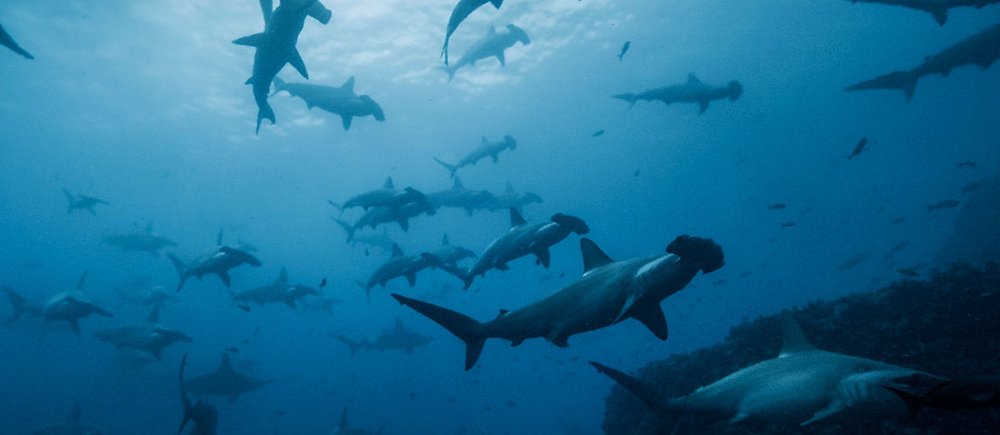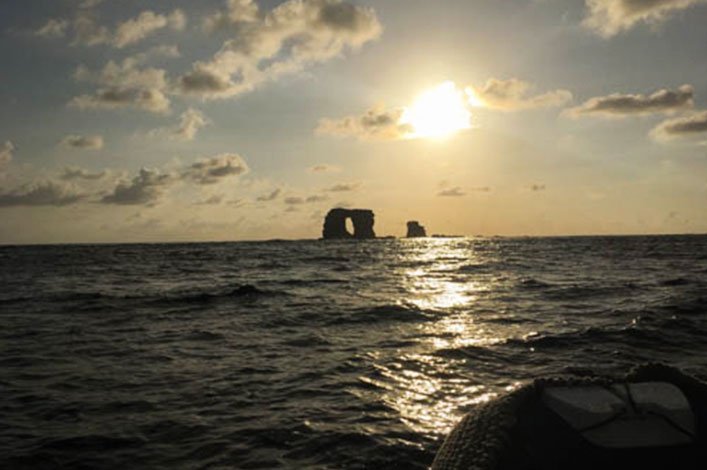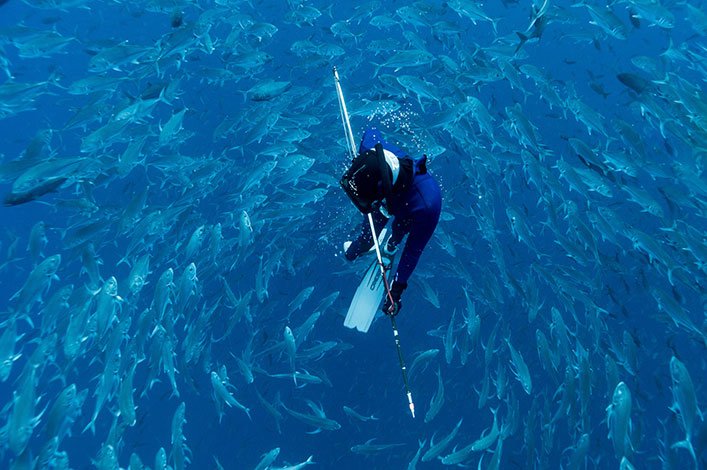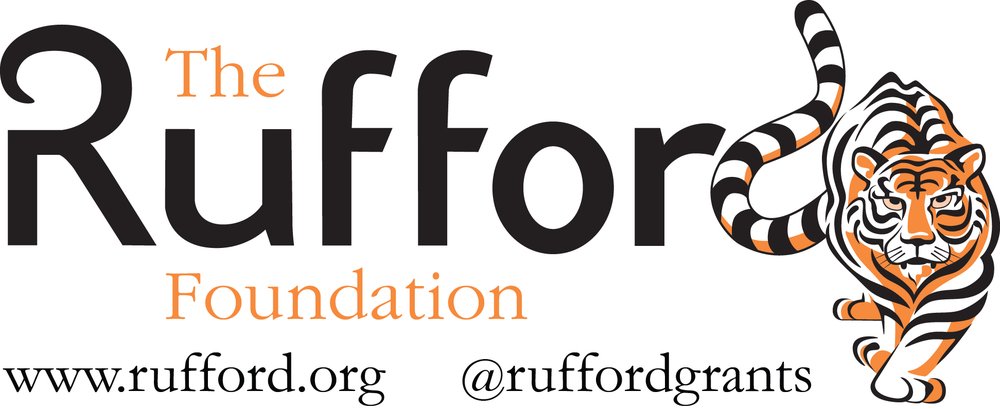
At the beginning of 2019 I received some great news for my birthday; I was awarded a small grant from The Rufford Foundation to conduct an exciting hammerhead shark research project in the Galapagos Islands! The objective of this project was to determine the feeding ecology of the endangered scalloped hammerhead, Sphyrna lewini, and to do this, we would have to freedive amongst them to obtain tissue samples to be able to conduct a stable isotope analysis.
Stable Isotopes: you are what you eat
In chemistry, the term “isotopes” refer to the composition of an element like oxygen, carbon, hydrogen, etc. When food is ingested by any organism, its tissues (i.e. skin, muscle, organs) retain information of the diet, and this is possible to study by looking into the organism’s isotopic composition. So, we can study the isotopes of any organism and know what they have been eating just before they were sampled. The isotopes commonly used in trophic ecology are carbon and nitrogen (δ13C and δ15N). The carbon isotope is used to determine how the energy flows across predators, while the nitrogen isotope reveals the trophic position of a consumer in the food web.
“Sharks’ trophic interactions can be difficult to determine by traditional methods, such as analyzing stomach contents or through direct observations, so the stable isotopes analysis represent a less invasive technique to study the trophic ecology of these species” said Marine Ecologist Diego Páez-Rosas, a collaborator of this initiative.
Most sharks are top predators that sit at the top of the food web. Through their feeding behaviour they maintain a healthy marine ecosystem by controlling populations size and dynamics down the food web. Thus, studying the diet of top predators not only help us determine their favourite meal, but also how the ecosystems function naturally.
This year, the National Oceanic and Atmospheric Administration (NOAA) announced a possible El Niño event, which would cause strong climate variabilities across the eastern Pacific Ocean. So, this event represented a unique opportunity to study the feeding behaviour of hammerhead sharks under changing weather conditions.
Our methods
To obtain our samples for isotopic analysis, we embarked on an expedition this past February aboard the mighty Queen Mabel to the northernmost islands of the archipelago, Darwin and Wolf. There, we would dive in early in the morning with our freediving gear and carrying a Hawaiian sling with a special biopsy dart on the top end, designed to retain a small piece of shark skin and muscle.

After spotting a hammerhead shark from the surface, one freediver would dive down to depths of up to 20 m and aim the biopsy dart at the dorsal fin of the shark while releasing it on a perpendicular direction. The dart collects a small tissue sample without harming the shark that swims away almost like nothing has happened. After collecting the sample, the freediver would return to the surface, get back on the zodiac to recover the breath and replace the biopsy dart to keep collecting samples.

On this trip, we managed to obtain samples from 20 hammerhead sharks, which we will process at the laboratories of the The Rufford Foundation(Universidad San Francisco de Quito and North Carolina University) and later will be sent to the Stable Isotope Facility at the University of California Davis. These samples will then be compared to those obtained on previous years by our collaborators and Galapagos National Park rangers during non-El Niño years.

“Very little is known about the impacts of El Niño Southern Oscillation events on the ecology of highly mobile species like sharks. These natural events are becoming stronger and more recurrent under present climate change scenarios, and with this study, we’ll have a first insight on how shark diet might change with warmer seas” said Ecologist Pelayo Salinas de León, another collaborator of this project.
The results from this study will help us better understand how climate change is affecting hammerhead shark populations and the measures we can take to mitigate its impacts.





